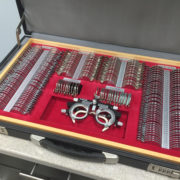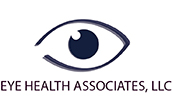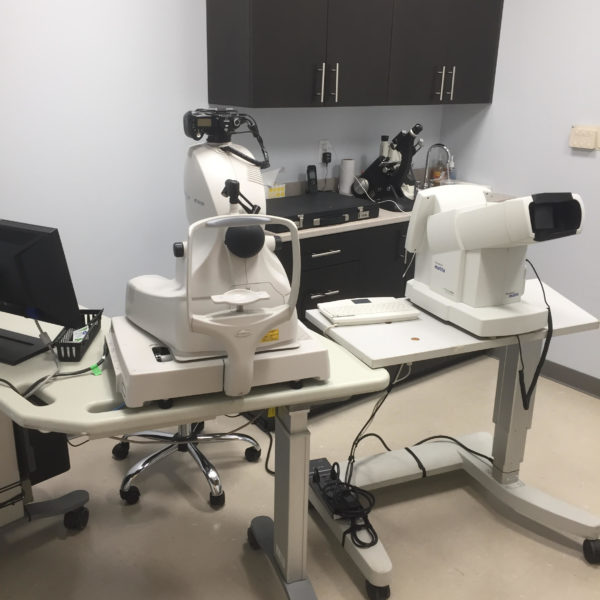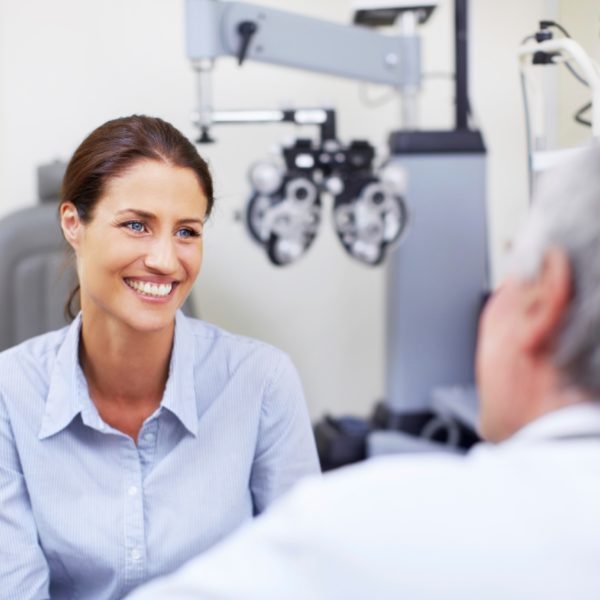Here to Protect Your Eyes


What is an Ophthalmologist?

An ophthalmologist is a medical doctor (MD) or a doctor of osteopathic medicine (DO) who specializes in eye and vision care. Ophthalmologists are trained to perform eye exams, diagnose and treat disease, prescribe medications and perform eye surgery.
If you have a medical eye problem — such as glaucoma, macular degeneration or cataracts — it is important to seek care from an eye doctor who is highly trained and skilled in monitoring and treating your condition. In many cases, this may mean that medical or surgical eye care by a specially trained ophthalmologist is in order.
Glaucoma

Glaucoma is a group of related eye disorders that cause damage to the optic nerve that carries information from the eye to the brain and is often associated with higher-than-normal pressure inside the eye — a condition called ocular hypertension.
If untreated or uncontrolled, glaucoma first causes peripheral vision loss and eventually can lead to blindness. According to the American Academy of Ophthalmology, the most common type of glaucoma — called primary open-angle glaucoma — affects an estimated 2.2 million people in the United States, and that number is expected to increase to 3.3 million by 2020 as the U.S. population ages.
And because most cases of glaucoma have few or no early symptoms, about half of Americans with glaucoma don’t know they have it.
Age-Related Macular Degeneration

Age-related macular degeneration usually produces a slow, painless loss of vision. In rare cases, however, vision loss can be sudden. Early signs of vision loss from AMD include shadowy areas in your central vision or unusually fuzzy or distorted vision.
Macular degeneration is the leading cause of vision loss among older Americans, and due to the aging of the U.S. population, the number of people affected by AMD is expected to increase significantly in the years ahead.
Eye care practitioners often detect early signs of macular degeneration before symptoms occur. Usually this is accomplished through a retinal exam. When macular degeneration is suspected, a brief test using an Amsler grid that measures your central vision may be performed.
Cataracts

A cataract is a clouding of the eye’s natural lens, which lies behind the and the pupil.
Cataracts are the most common cause of vision loss in people over age 40 and is the principal cause of blindness in the world. In fact, there are more cases of cataracts worldwide than there are of glaucoma, macular degeneration and diabetic retinopathy combined, according to Prevent Blindness America (PBA).
A cataract may make light from the sun or a lamp seem too bright or glaring. Or you may notice when you drive at night that the oncoming headlights cause more glare than before. Colors may not appear as bright as they once did.
Today, cataracts affect more than 22 million Americans age 40 and older. And as the U.S. population ages, more than 30 million Americans are expected to have cataracts by the year 2020, PBA says.
Diseases of the Retina

There are several common symptoms of retina disease that may be an indicator that you need to schedule a checkup.
Floating dots or cobwebs,
Distorted vision
Cloudy peripheral vision
Noticeable deterioration in eyesight
It is important to notice these factors as early as possible and seek medical assistance to prevent irreparable vision loss.
Your Home for Complete Eye Care





